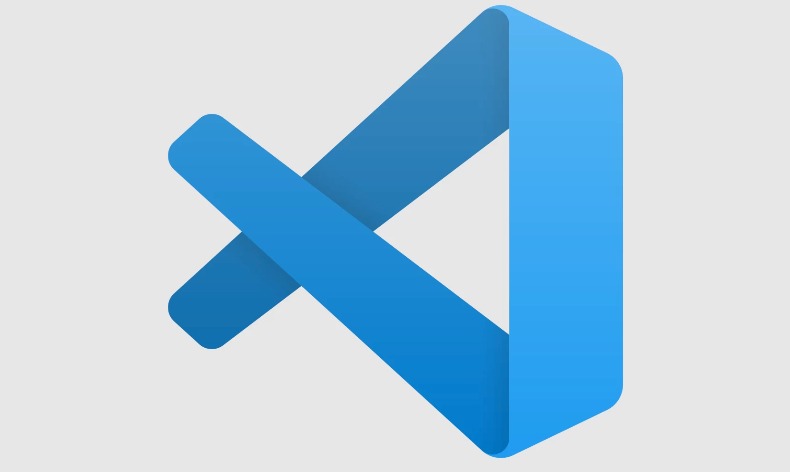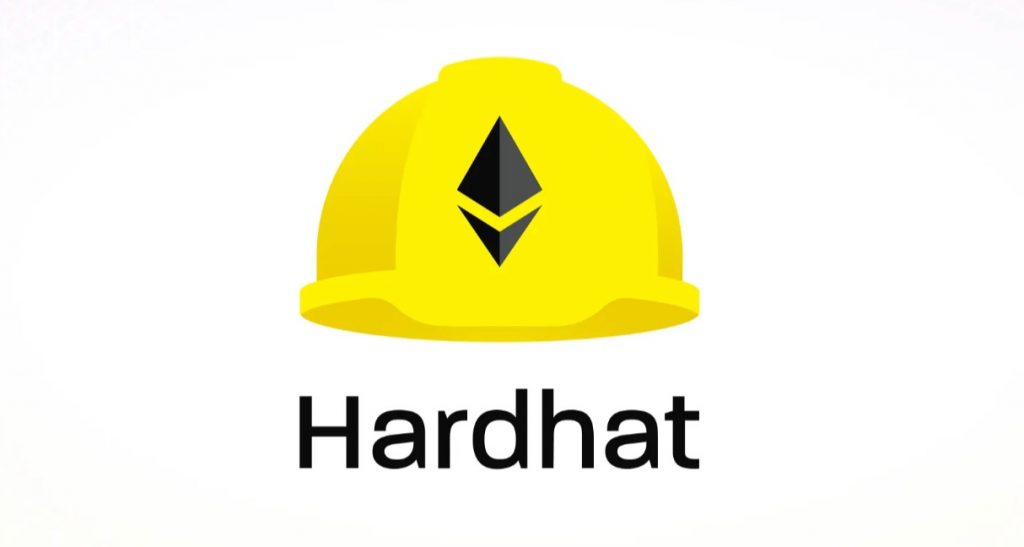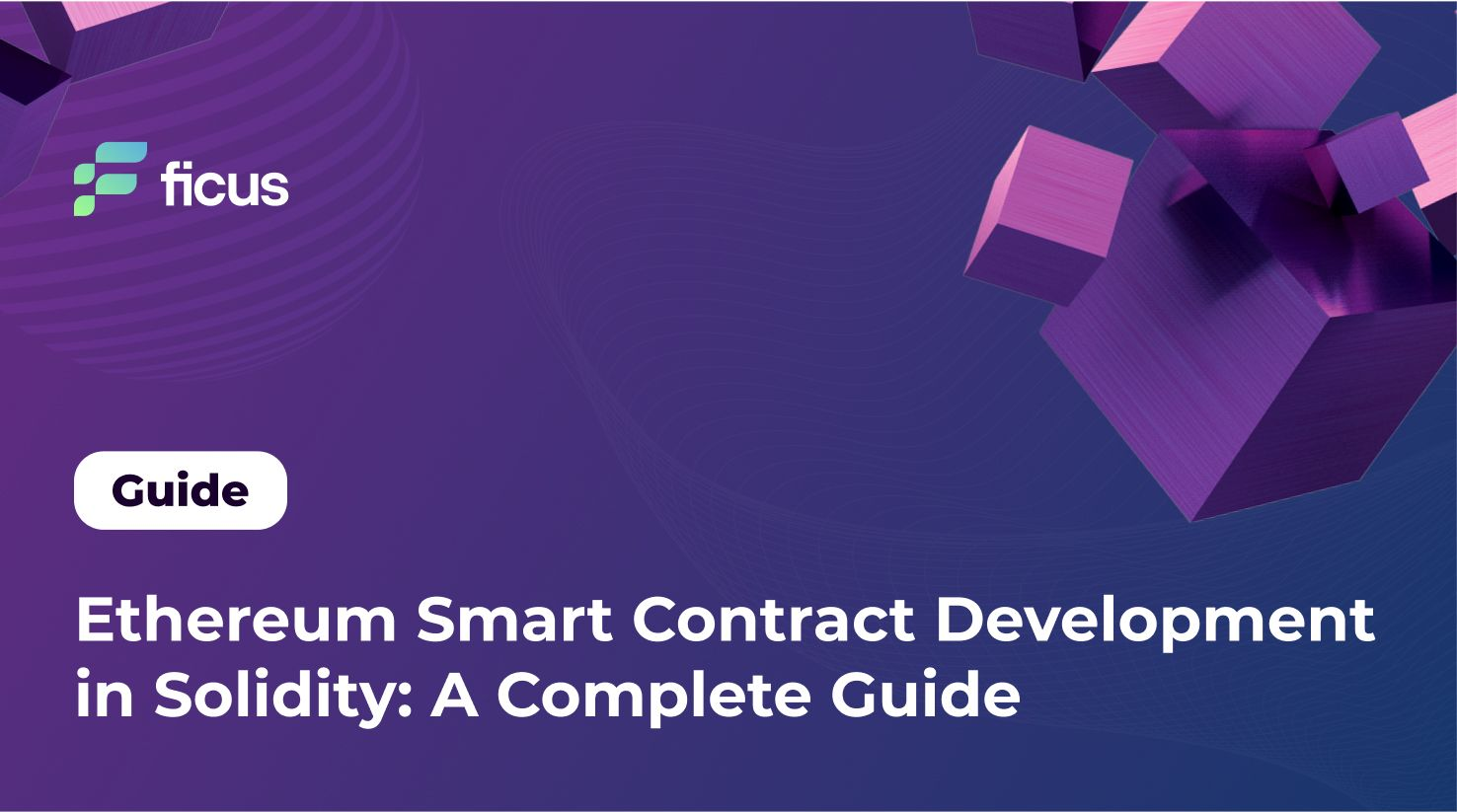Start your in-depth exploration of the blockchain domain with our comprehensive article on how to write an Ethereum smart contract with Solidity. Uncover the ins and outs of developing Ethereum smart contracts on Solidity and explore step-by-step guides and examples of smart contracts on Solidity. This resource will help you confidently create Ethereum intelligent contracts by explaining the process with clear and practical demonstrations. Whether you’re a beginner or an experienced developer, our article will help you understand the intricacies of this exciting field, enabling you to create reliable, efficient, and innovative Ethereum smart contracts.
- Solidity tutorials simplify Ethereum smart contract development for all skill levels.
- Master the deployment process on the Ethereum test network effortlessly.
- Explore powerful IDEs like Remix for streamlined Solidity smart contract creation.
Preparation Before Creating An Ethereum Smart Contract
In the preparatory phase before creating an Ethereum smart contract, beginners may find the process initially perplexing. However, following step-by-step instructions in this Ethereum smart contract tutorial simplifies the travel. Despite initial complexity, creating Solidity smart contract examples becomes accessible with patience and practice. Begin your exploration into Ethereum smart contract development confidently and in Solidity.
Ethereum Transactions
- An Ethereum transaction serves as a communication channel between two accounts, encompassing details such as Ether quantity, recipient address, and extra data.
- Each transaction undergoes validation by network nodes, solidifying its entry onto the blockchain.
- Solidity smart contract examples showcase transactions with embedded function calls for decentralized application interactions.
- To fuel these transactions, a sender pays Ether fees, incentivizing nodes to process and confirm.
Solidity Language
- To craft Ethereum smart contracts, we turn to the powerful Solidity programming language.
- Solidity, tailored for Ethereum smart contract development, mirrors JavaScript in syntax.
- This high-level language compiles code executed by the Ethereum Virtual Machine (EVM).
- Static typing mandates variable definitions before use, aligning with object-oriented concepts.
- Solidity boasts features like events, modifiers, and custom data types for versatile smart contract creation.
IDE And External Tools
- Dive into Ethereum’s world with Remix IDE, a versatile web environment for creating smart contracts in Solidity.
- Developed by the Ethereum Foundation, Remix IDE simplifies Ethereum smart contract development, featuring syntax highlighting and a built-in Solidity compiler.
- Witness the deployment process on the Ethereum test network, a vital step in honing your skills for creating Ethereum smart contracts.
- Obtain an Ethereum network address through the Metamask browser extension, an essential tool for Ethereum smart contract creation on Chrome, Firefox, or Brave.
Smart contracts, powered by Solidity, are the building blocks of a decentralized future where code is law and trust is programmable.
Jimmy Song
Create an Ethereum Smart Contract
Delve into the realm of Ethereum smart contract creation using Solidity. Uncover the art of Ethereum smart contract development in solidity with practical examples. Explore the subsequent steps, unveiling the intricacies of code understanding, deployment on the Ethereum test network, and the seamless realization of your Ethereum smart contract.
Step 1: Remix IDE
As you begin your Ethereum smart contracts adventure, the Remix IDE serves as the primary platform for developing Ethereum smart contracts in Solidity. As you begin creating Ethereum smart contracts, take advantage of the Remix IDE’s powerful tools. The first tool, File Explorer, provides easy file navigation and management. “File Explorer and Finder” enhances the efficiency of file search and text search in your Ethereum smart contract project. The third tool, Solidity Compiler, converts Solidity code into executable bytecode for the Ethereum virtual machine. The fourth tool, Deploy & Run Transactions, makes it easy to deploy the Ethereum smart contracts you create, bringing your innovative ideas to life.
Step 2: Creating And Compiling Smart Contract
Moving forward in Ethereum smart contract development, Step 2 involves creating and compiling your Solidity smart contract using Remix IDE. Start by finding the “contracts” folder and creating a new file called “HelloWorld.sol”. In the code editor, paste the Ethereum smart contract code. To compile, go to the “Solidity Compiler” tool, select the correct version (e.g. “0.8.0”) and click “Compile HelloWorld.sol”. Congratulations on successfully compiling the Ethereum smart contract! Now deploy it to Remix using the “Deploy & Run Transactions” icon. Save the default settings, select the compiled contract, enter a welcome message and click “Deploy”. Explore the functionality and results of the deployed Ethereum smart contract.
Step 3: Code Understanding
Navigating Step 3: Code Understanding in Ethereum smart contract development is crucial for comprehending the intricacies of your code. Start with a comment line (// SPDX-License-Identifier: MIT) indicating the license of the code. Next, pragma solidity 0.8.0; indicates the version of the Solidity compiler. The contract definition (contract HelloWorld {) serves as the Ethereum smart contract template. Dive into variable declaration with the message; string storing the extracted messages. The constructor function initializes the message variable. Explore functions such as getMessage() to retrieve messages and setMessage() to update them. Observe the code in action: message = _newMessage; changes the variable. This in-depth study ensures a deep understanding of Ethereum smart contract development.
Step 4: Deployment On The Public Ethereum Test Network
Step 4: Deploy to the Ethereum public test network marks the transition from local to global impact. Install the Metamask extension, create a wallet, and provide connectivity to the main Ethereum network. For a cost-effective deployment, move to the Goerli test network, receiving test ethers from the Goerli faucet. Activate the Remix IDE’s “Deploy and Run” utility, selecting Injected Web Provider to validate Metamask. Confirm each transaction in Metamask by successfully deploying your smart contract to the test network. Track transaction details on your Goerli scan for important information: hash, gas used, sender and recipient addresses, and transaction status. Congratulations on the successful deployment of the Ethereum smart contract on the public network!
Curious about Ethereum smart contracts? Ask Ficus Technologies for guidance!
Contact UsTools for writing a smart contract in Solidity
In the ever-evolving landscape of Ethereum smart contract development using Solidity since its inception in 2014, IDEs have become pivotal tools. Today, these platforms play a crucial role, allowing experienced Solidity developers to concentrate on the logic of their smart contracts, replacing the days of relying solely on simple text editors.
Remix

Remix, Solidity’s web service, is revolutionizing Ethereum smart contract development on Solidity. Acting as a comprehensive, integrated development environment (IDE), Remix provides a convenient platform for creating and testing smart contracts. With an easy-to-use interface designed for developers of all levels, Remix is the primary tool for those looking for examples of smart contracts on solidity. Its seamless environment eliminates the need for installation, making it the preferred choice for beginners and experienced developers alike. Whether you are diving into an Ethereum smart contracts tutorial or creating your own, Remix simplifies the process by being an example of simplicity in Ethereum development.
Visual Studio Code

Visual Studio Code (VSCode), a beloved choice for developers, stands out as a premier environment for Ethereum smart contract development in solidity. With the Solidity extension, VSCode becomes a powerful platform that offers the tools you need to create and refine smart contracts. Immerse yourself in the Ethereum world effortlessly with features such as syntax highlighting, autocompletion, and debugging support to increase coding efficiency. Whether you are studying solidity smart contracts examples or following an Ethereum smart contracts tutorial, Visual Studio Code simplifies the process by providing a robust platform to create Ethereum smart contracts projects effortlessly.
Truffle Suite

Truffle Suite, your trusted ally in Ethereum development, combines the power of Truffle and Ganache to simplify the journey of Ethereum smart contract development in solidity. Truffle, an integral part of the package, offers a robust framework with project structuring and testing utilities, providing seamless management and testing of smart contracts. In addition to this, Ganache serves as a local Ethereum blockchain, providing an ideal environment for rigorous testing. Whether you want to explore solidity smart contract examples, study an Ethereum smart contract tutorial, or create an Ethereum smart contract project effortlessly, Truffle Suite simplifies the process with its comprehensive set of tools.
Hardhat

Hardhat, a dynamic development environment known for its adaptability, tailors the Ethereum smart contract development experience in solidity to your specific needs. This versatile tool is flexible and extensible, providing developers with built-in tasks for seamless testing and deployment. As Hardhat grows in popularity in the Ethereum sphere, it is becoming a popular tool for those who want to explore smart contracts examples on solidity, start Ethereum smart contracts training, or simply create Ethereum smart contracts projects effortlessly. Hardhat gives developers the ability to shape their development path according to project requirements.
Brownie

Brownie, the epitome of the Pythonic approach to Ethereum development, captivates Python enthusiasts with its intuitive framework. Designed for developing Ethereum smart contracts on solidity, Brownie simplifies the process of creating and testing smart contracts, making it an attractive choice for developers. Its seamless integration with Python expands the development possibilities, appealing to those looking to explore examples of smart contracts on Solidity. In addition to simplicity, Brownie features support for a variety of Ethereum-compatible blockchains, providing versatility for developers learning Ethereum smart contracts tutorials or looking to effortlessly create Ethereum smart contracts projects.
Conclusion
In conclusion, mastering the development of Ethereum smart contracts in Solidity requires a deep understanding of the intricacies of the code and deployment processes. Ficus Technologies is a partner offering developers specialized in Ethereum smart contract development. We offer customized solutions to solve Solidity’s complexities, leverage the full potential of Ethereum blockchain technology, and successfully create efficient smart contracts.
To start writing Ethereum smart contracts in Solidity, you’ll need essential tools such as a code editor (e.g., VS Code), a Solidity compiler, and an Ethereum client for deployment. Additionally, using development frameworks like Truffle or Remix IDE can streamline the coding and testing process, making your journey into Solidity development more efficient and effective.
In Solidity, effective error handling involves using functions like require(), assert(), and revert() to validate conditions and provide meaningful error messages. Robust state management, thorough testing, and logging mechanisms contribute to resilient smart contracts. Embrace defensive programming practices to anticipate and gracefully handle potential errors, ensuring the security and reliability of your Solidity smart contracts.








